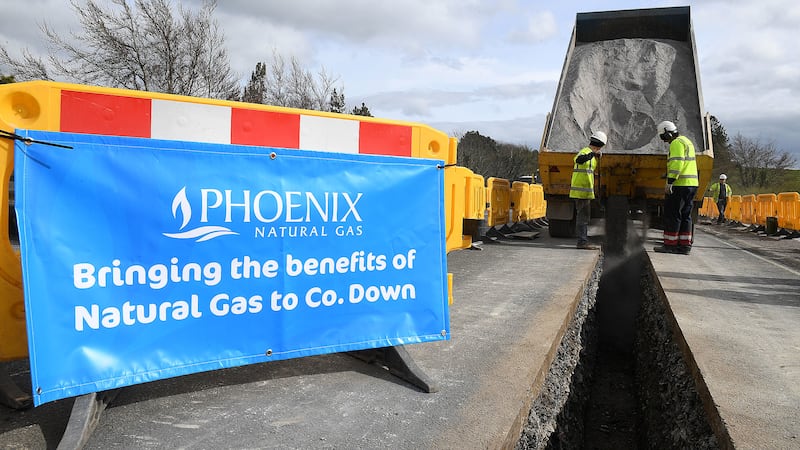Latest labour market figures suggest that Northern Ireland’s job market remains generally resilient despite facing considerable pressure over the last few months.
The north is outperforming most other UK regions, with payrolled employee numbers and earnings both having increased in the last 12 months.
All of the headline measures in the latest regional Labour Force Survey (LFS) have improved over the year, with the unemployment and economic inactivity rates also both decreasing (down to 2.2% and 26.7% respectively).
The north’s employment rate, which measures the percentage of working age adults in a job, also increased to its highest level than the December-February 2020 quarter, just before the pandemic kicked in.
The proportion of people aged 16 to 64 in work increased by 1.1% over the last quarter and by 0.9% over the year to 71.7%.
Statistics from the Northern Ireland Statistics & Research Agency (Nisra) showed that the number of employees receiving pay through HMRC PAYE in Northern Ireland in March was 799,600, an increase of 1.3% increase over the year (albeit it was down 0.2% month on month).
Earnings data from HMRC indicated that employees had a median monthly pay of £2,158 in March, which is up £5 (or 0.2%) over the month and £49 (or 2.3%) over the year.
The number of people on the claimant count in March was 36,700 (3.8% of the workforce), which is still almost 23% higher than the pre-pandemic count in March 2020.
Mark McAllister, director of employment relations services at the Labour Relations Agency (LRA), said: “The last few weeks have produced welcome agreement on some public sector pay deals but this was only after some intense industrial action and the reality is we are now in a new fiscal period and new pay claims are being devised as part of the annual cycle and as a direct result of single year budgets.

“This is the life cycle of collective bargaining on pay and with increases in minimum wage levels just having happened all eyes are on the percentages.
“As with all statistics, such as inflation sitting at 3.4%, the fact remains that snapshot figures often belie the harsh realities of what has just gone and the unknown variables about what lies ahead.”
He added: “With regional balance being one of the economy minister’s four pillars contained within the economic vision, many eyes will look to stubborn levels of economic inactivity in Northern Ireland and with today’s figure being cited as 26.7% there seems that a significant amount of attention needs to be given to this issue given its link to the vision.
“With very different business announcements emanating from Derry and Enniskillen in recent weeks, there is clearly a job of work to be done.”

